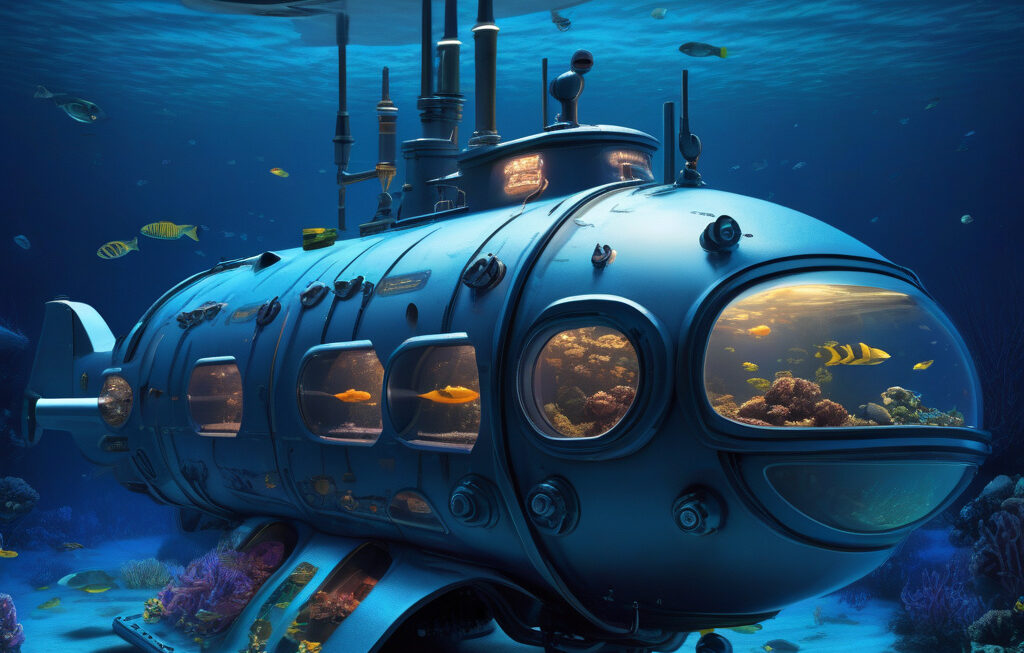Deep-sea mining: The trillion-dollar gamble that could scar the seafloor forever
A robot the size of a small house crawls across the ocean floor like a giant insect, its mechanical arms reaching out to scoop up precious metals from the seabed. This scene may sound like something out of a science fiction novel, but it is a reality that is becoming increasingly common as companies race to exploit the mineral riches hidden beneath the waves.
The allure of deep-sea mining is easy to understand. The seabed is known to contain vast deposits of valuable metals such as copper, nickel, cobalt, and rare earth elements – minerals that are essential for the production of smartphones, electric car batteries, and other high-tech devices. With demand for these resources skyrocketing, mining companies see the deep sea as the next frontier in resource extraction.
But this trillion-dollar gamble comes with a steep price. The process of deep-sea mining is incredibly destructive, with the potential to cause irreversible damage to fragile marine ecosystems. The machines used to extract minerals from the seabed stir up plumes of sediment that can smother deep-sea organisms and disrupt ocean currents. The noise and light pollution from mining operations can also have a devastating impact on deep-sea creatures that rely on sound and darkness to survive.
One of the most pressing concerns surrounding deep-sea mining is the effect it could have on hydrothermal vents – underwater geysers that are home to unique and highly specialized forms of life. These vents are oases of biodiversity in the deep ocean, hosting species found nowhere else on Earth. By mining near these vents, we risk wiping out entire ecosystems before we even have a chance to study them.
Despite these risks, the deep-sea mining industry is forging ahead at full speed. The International Seabed Authority, the organization responsible for regulating mining activities in international waters, has already issued a number of exploration licenses to countries and companies eager to cash in on the deep sea’s bounty. With advances in technology making deep-sea mining more feasible than ever, it seems likely that we will soon see the first commercial operations getting underway.
So, what can be done to prevent the irreversible damage that deep-sea mining could cause? Some environmental groups are calling for a moratorium on mining activities until more research can be done on the potential impacts. Others are pushing for stronger regulations to ensure that mining companies operate in an environmentally responsible manner. Ultimately, the future of the deep sea may depend on the choices we make today.
In the end, the trillion-dollar gamble of deep-sea mining is a high-stakes game with no clear winner. While the promise of untold riches may be tantalizing, we must not forget the irreplaceable value of the deep-sea ecosystems that we stand to lose. As we weigh the potential benefits against the very real risks, one thing is clear: the fate of the seafloor hangs in the balance.
deep sea mining, environmental impact, ocean ecosystems, mineral extraction, biodiversity preservation











